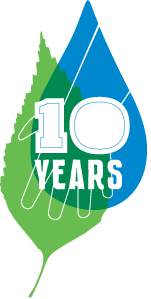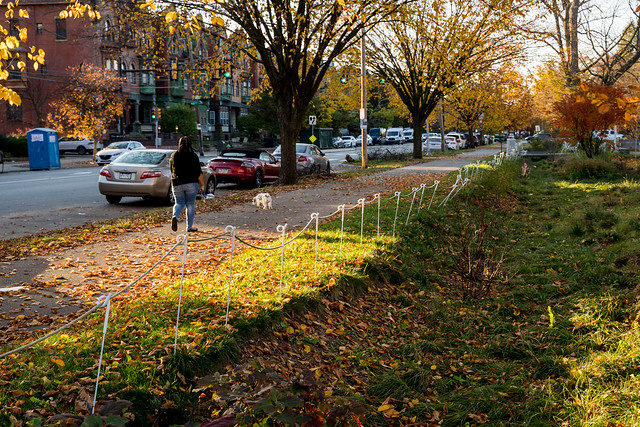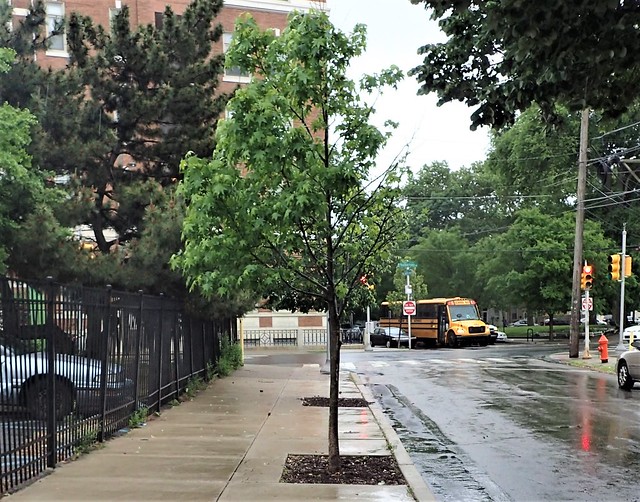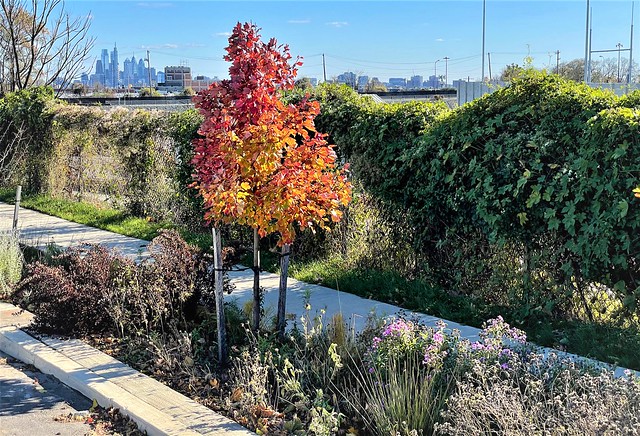Philadelphia’s combined sewer system serves about 60 percent of the city. During wet weather, this older section of our system often overflows. As a result, billions of gallons of stormwater and diluted sewage flow into local waterways each year.
State and federal regulations, including sections of the Clean Water Act, require Philadelphia to reduce at least 85 percent of this pollution—or face steep fines.
What is Green City, Clean Waters?
To meet state and federal regulations, we created Green City, Clean Waters: a 25-year plan to reduce the volume of stormwater entering combined sewers using green infrastructure and to expand stormwater treatment capacity with traditional infrastructure improvements.
The effort officially began in 2011 and Philadelphia is scheduled to meet pollution reduction goals by 2036, in accordance with our Long Term Control Plan.
Continue to push Green City, Clean Waters in the community. This is the best face of the Water Department.
Respondent, 2018 PWD Customer Survey
What are “green tools”?
Green stormwater infrastructure, also known as GSI or green tools, reduce overflows by decreasing how much runoff gets into sewers. Stormwater is soaked up by plants and soil and evaporates into the air, or is released into sewers more slowly. Trees, plants, and other natural elements provide benefits for people and the environment, while also managing stormwater.
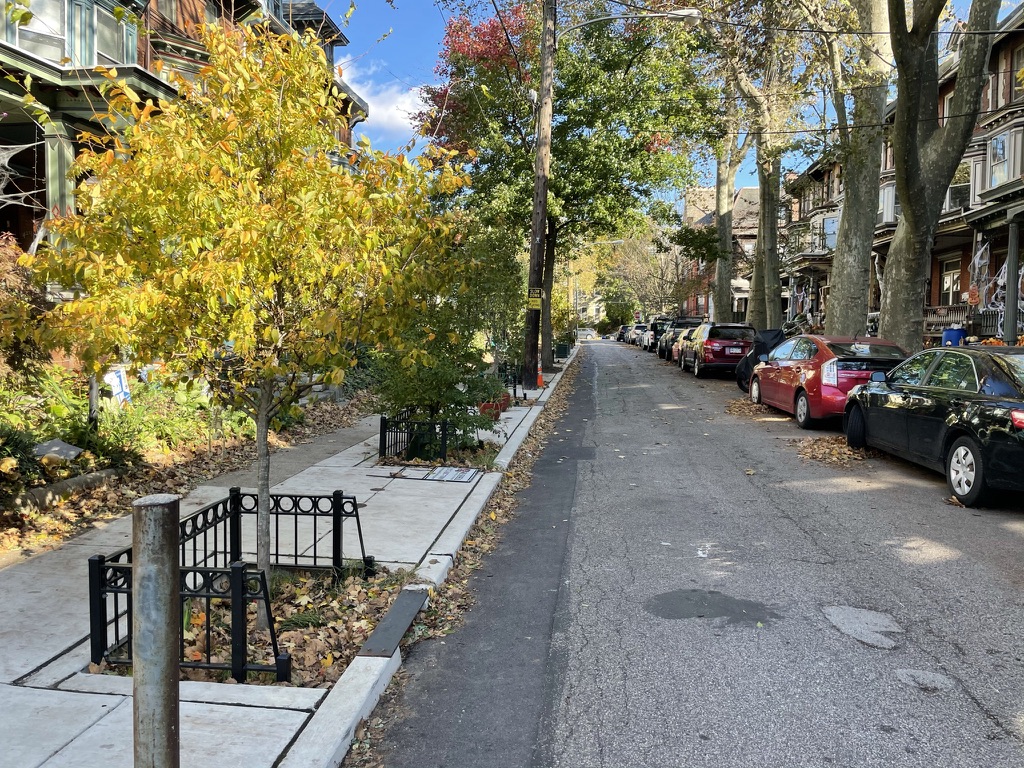
Why Green City, Clean Waters?
Cleaner waters, greener neighborhoods
Green City, Clean Waters is making our neighborhoods greener, more vibrant places to live and creating a healthier, more sustainable Philadelphia. Our plan is to reduce pollution and stormwater entering the sewer system under our feet in a way that also enhances the spaces where we live, work, and play.
Leading with green solutions benefits our city beyond cleaner waterways:
Environmental
Using plants in green tools benefits our environment
Reducing carbon dioxide and filtering out pollutants like those created by cars creates improved air quality.
Trees shade humans and buildings, saving energy that would be used for air conditioning and reducing the heat island impact. GSI packages are being planned for the most heat-stressed regions of the city, including North and West Philadelphia.
Native plants and flowers support important wildlife, including pollinators, such as bees, and larger species, like birds.
Green Infrastructure helps our city prepare for climate change.
Economic
Investing in green tools boosts Philadelphia’s economy
Building and maintaining green stormwater tools creates local jobs, as evidenced by PHLPowerCorps.
Studies have shown that creating tree-lined streets and green spaces near residential streets can increase property values.
Having clean rivers attracts and promotes recreation, infusing millions of tourism dollars into our local economy. Already, the Schuylkill alone generates $589.9 million in economic impact, supports 6,154 jobs, and creates $37.7 million in tax revenue for the region each year.
GCCW promotes investment in local businesses, including planning, design, construction, and maintenance firms.
Social
Adding green tools creates healthier communities
Restoring our waterways provides better spaces to hike, bike, boat, fish, and enjoy nature.
Living on blocks with greenery encourages spending time outside, which means more exercise and time with neighbors.
Collaborating with local residents to maintain and beautify neighborhoods through programs is good for communities. Check out Soak It Up Adoption.
Research indicates that greening Philadelphia’s neighborhoods fosters social equity, as well as reductions in local crime and stress.
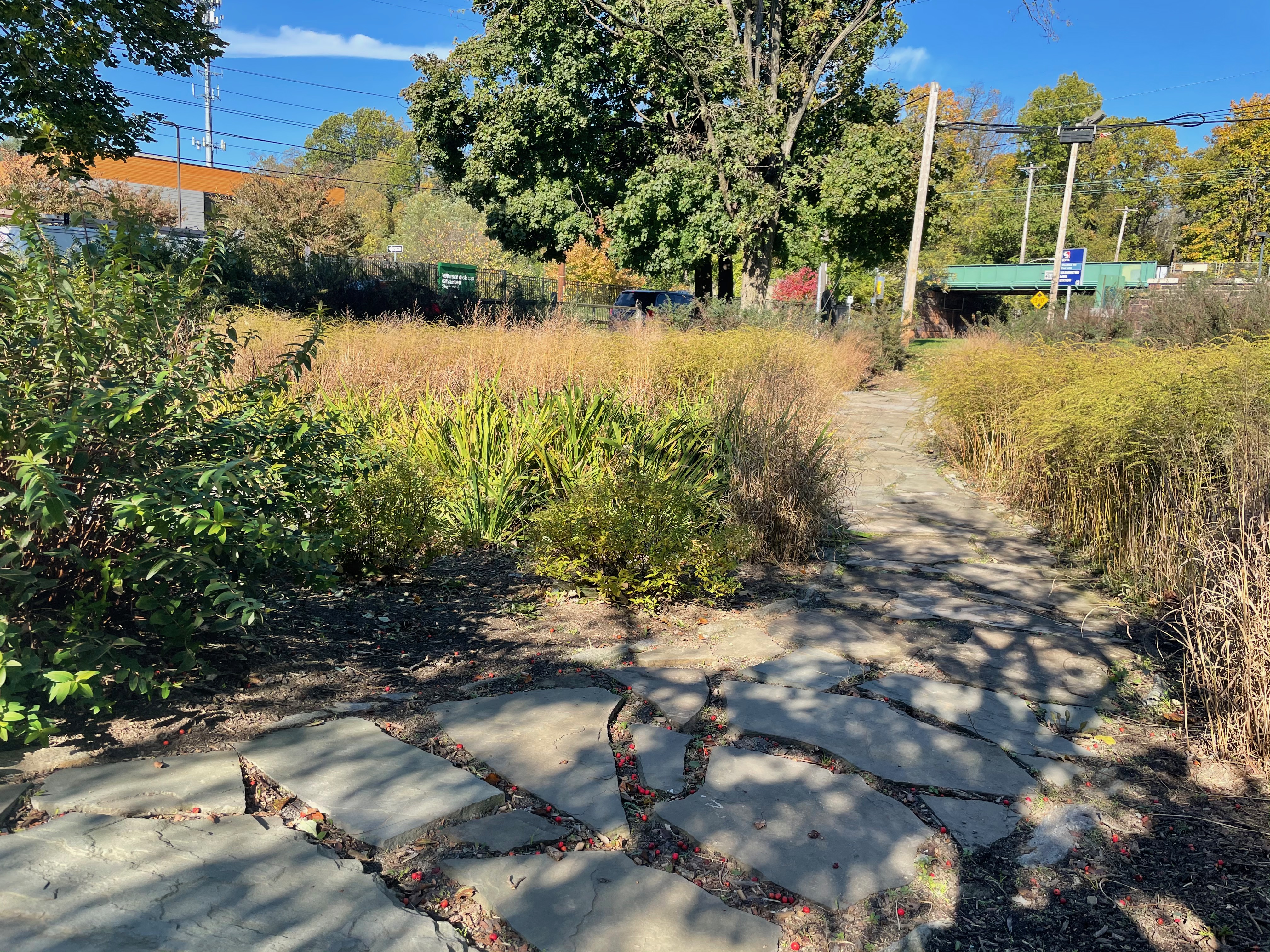
Leveraging Green City, Clean Waters
Every property served by the combined sewer system is an opportunity to manage stormwater and reduce overflows. As green stormwater tools are being installed at a recreation center, parking lot, or school, there are often opportunities for additional improvements.
Likewise, there are often opportunities to make green stormwater features part of other needed upgrades, like renovations to athletic fields. By looking for ways Green City, Clean Waters can make projects better, we find new opportunities to reduce pollution.
See our GSI Strategic Framework for details on how we’ll meet our goals →
The stormwater management investments that also directly benefit neighborhoods are great.
Respondent, 2020 PWD Customer Survey

A decade of progress
Green City, Clean Waters continues to make tremendous progress since launching in 2011. We exceeded our 10-year pollution reduction goal, with new infrastructure investments now keeping nearly three billion gallons of stormwater runoff and sewer overflow out of local waterways.
We’ve installed more than 2,800 green tools…
…at nearly 800 sites throughout the city…
…keeping more than 2.7 billion gallons of polluted water out of our rivers.
For more details, see the city’s CSO Long Term Control Plan and Annual Reports →
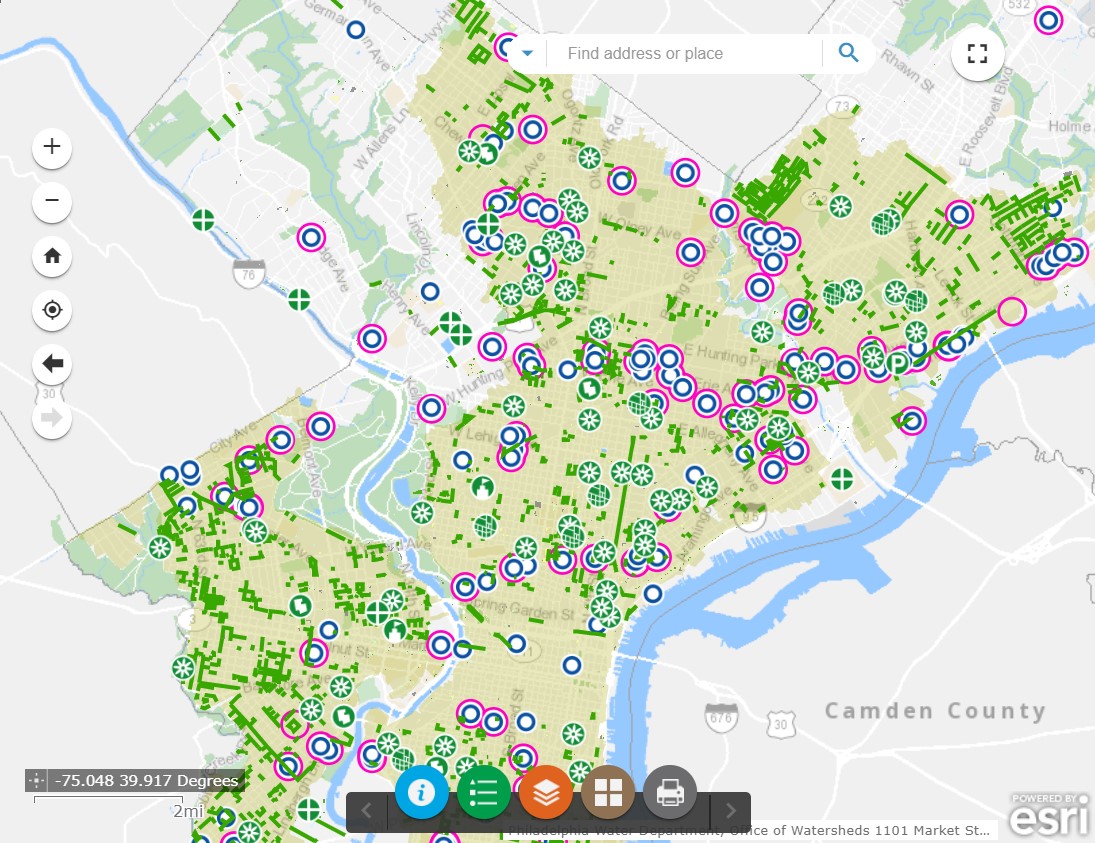
Survey Says…
Nearly half of surveyed residents are willing to pay more on their water bills if the money is used directly for priority issues like clean water and climate change.
As Green City, Clean Waters continues to grow the city’s green infrastructure network, the initiative has strong support from Philadelphians who want to see their money invested in sustainability.
Our customers consistently rank cleaning up waterways and adapting for climate change right below safe drinking water when it comes to their most important issues, according to annual surveys.
As Green City, Clean Waters gets ready to celebrate its tenth anniversary this spring, take a look at 5 Down, 20 to Go or an illustrated overview of the first five years of the initiative.
The Green Initiatives are superb… keep them up.
Respondent, 2019 PWD Customer Survey
Downloads
| Title | Date | File Type | File Size | Bytes |
|---|---|---|---|---|
| Green City, Clean Waters Program Overview | 7.97 MB | 8361028 | ||
| Ciudad Verde, Aguas Limpias (GCCW Overview in Spanish) | 9.73 MB | 10204667 | ||
| مدينة خضراء، مياه نظيفة (GCCW Overview in Arabic) | 9.14 MB | 9580292 | ||
| 绿色城市, 清洁水域 (GCCW Overview in Simplified Chinese) | 10.70 MB | 11222137 | ||
| Cidade Verde, Águas Limpas (GCCW Overview in Portuguese) | 10.59 MB | 11109064 |
How you can contribute
We all benefit from cleaner local waterways and greener neighborhoods. To get our water as clean as we want it, we can all take steps to reduce water pollution in our city.
Individuals
Every Philadelphian can help protect our waterways.
- Rain Check: Free rain barrels and discounted residential landscaping upgrades that manage stormwater. Virtual workshop sign-up →
- Home Stormwater Guide: DIY stormwater projects and simple at-home habits that protect waterways. View the Guide →
- Storm Drain Marking: Aquatic wildlife markers are an easy way to remind your neighborhood to keep trash and chemicals out of drains. Get started →
Businesses
Help with regulations, stormwater grants, and fees.
- Stormwater Incentives: Grants, credits, and other support encouraging sustainable stormwater management for new development and existing properties. Explore Incentives →
- Private Development Services: Resources for designing, constructing, or maintaining a property impacted by PWD stormwater regulations. View Resources →
- Stormwater Pioneers: Recognizing the best in stormwater management on private property. See winners →
Community
Community groups, institutions, non-profits, and places of worship are valuable partners.
- Soak It Up Adoption: Mini-grants to organizations to help maintain neighborhood green tools. How to qualify →
- Art and Engagement: Public art projects with partners like Mural Arts inform and engage residents as part of the Green City, Clean Waters outreach process. See a West Philly Rain Garden Mural →
Schools
Public and private schools use green stormwater tools in hands-on learning and make for beautiful neighbors.
- Green Schools: Stormwater management systems reduce campus runoff and can serve as outdoor classrooms. Transforming Schoolyards Guide →
- School Rain Barrels: Free rain barrels decorated with student artwork for schools with usable external downspouts. Learn More →
Want emails or text messages about upcoming Green City, Clean Waters events?
All photographs © PWD, unless otherwise noted.
